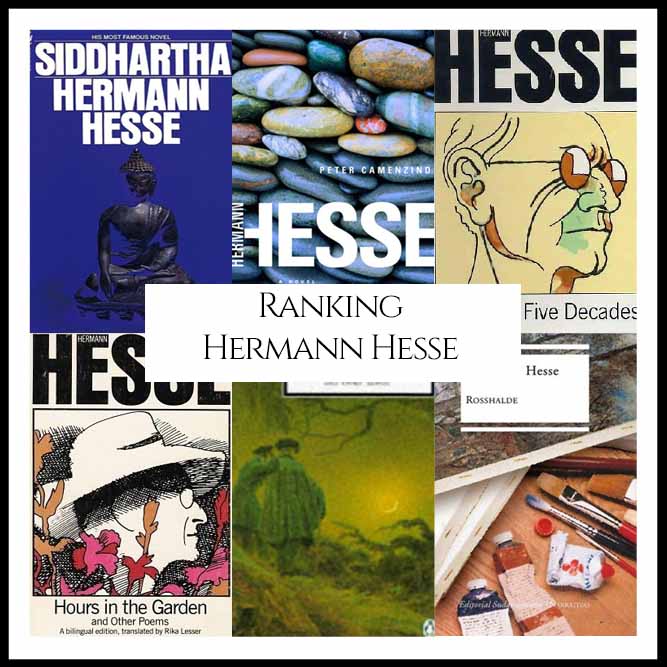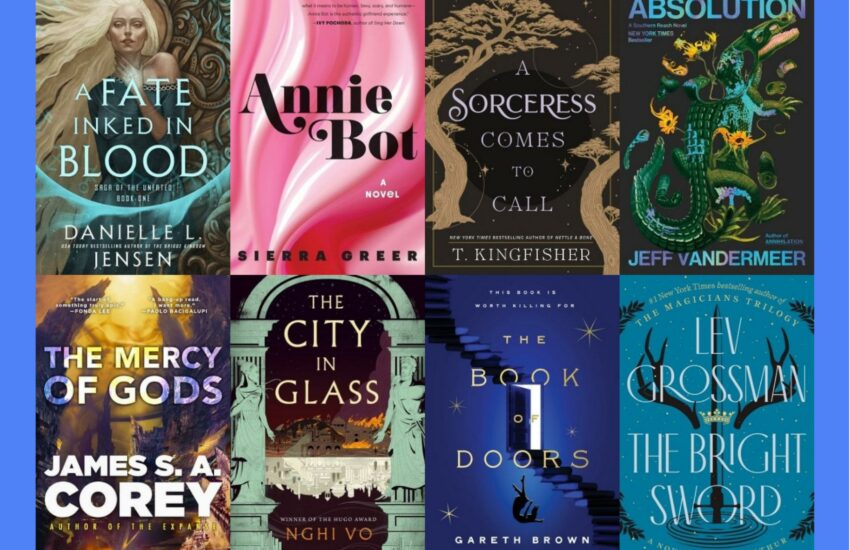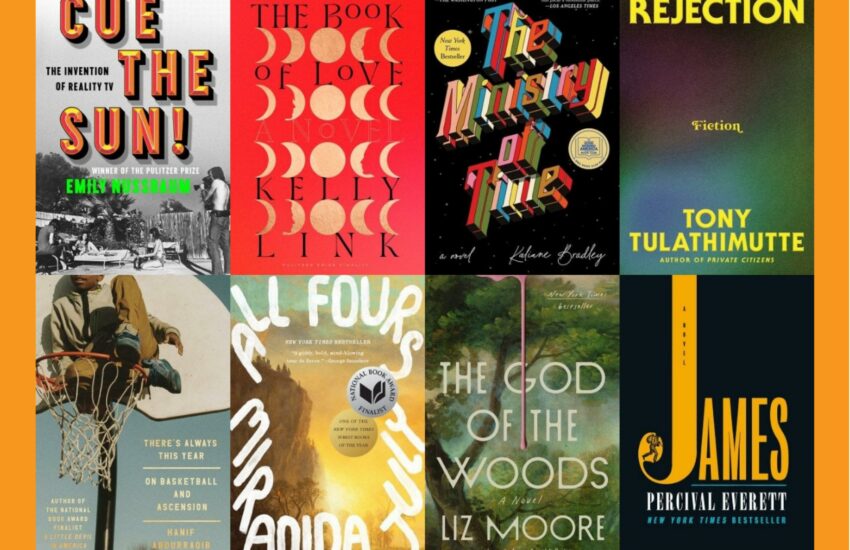Ranking Author Herman Hesse’s Best Books (A Bibliography Countdown)
“What are Herman Hesse’s Best Books?” We looked at all of Hesse’s authored bibliography and ranked them against one another to answer that very question!
We took all of the books written by Herman Hesse and looked at their Goodreads, Amazon, and LibraryThing scores, ranking them against one another to see which books came out on top. The books are ranked in our list below based on which titles have the highest overall score between all 3 review sites in comparison with all of the other books by the same author. The process isn’t super scientific and in reality, most books aren’t “better” than other books as much as they are just different. That being said, we do enjoy seeing where our favorites landed, and if you aren’t familiar with the author at all, the rankings can help you see what books might be best to start with.
The full ranking chart is also included below the countdown on the bottom of the page.
Happy Scrolling!
The Top Book’s Of Herman Hesse
27 ) Blick ins Chaos (A Glimpse into Chaos)
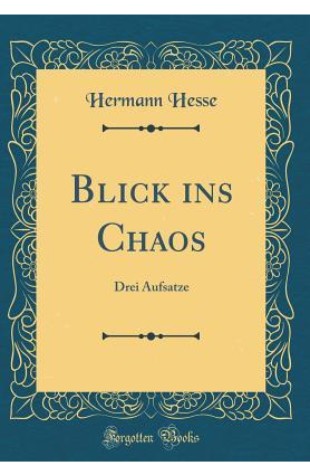 Review Website Ranks:
Review Website Ranks:
- Goodreads: 26
- Amazon: 18
- LibraryThing: 24
25 ) Hermann Lauscher
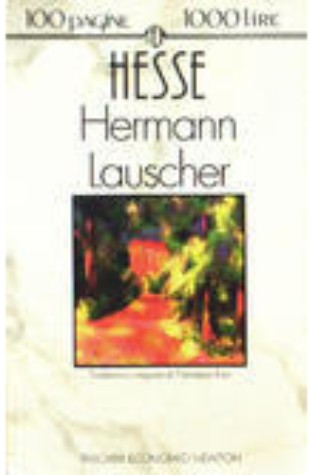 Review Website Ranks:
Review Website Ranks:
- Goodreads: 25
- Amazon: 18
- LibraryThing: 22
1901’de Basel’de bir küçük broşür olarak basılan kitap Hermann Hesse’nin yayınlanmış üçüncü yapıtı. 20 yaşındayken kaleme aldığı bu kitap hakkında Hermann Hesse şöyle demiş : “Lauscher’i ne zaman karıştırsam, karalamak ya da düzeltmek istediğini pasajlarla karşılaştım, özellikle ‘Günce’nin başında Tolstoy’la ilgili yazmış olduğum, gençlik cüretiyle dolup taşan küstah ve ukala sözleri elimden gelse yok ederdim..
25 ) In the Old Sun
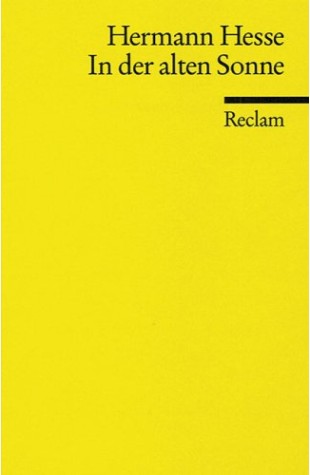 Review Website Ranks:
Review Website Ranks:
- Goodreads: 24
- Amazon: 18
- LibraryThing: 23
24 ) Eine Stunde hinter Mitternacht
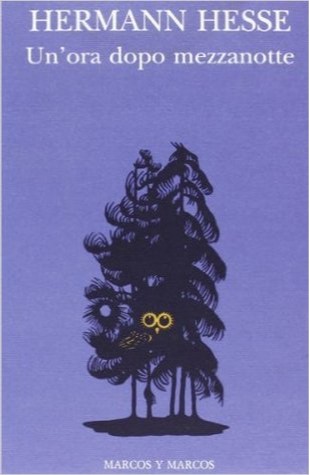 Review Website Ranks:
Review Website Ranks:
- Goodreads: 22
- Amazon: 18
- LibraryThing: 24
22 ) Besuch aus Indien (Visitor from India
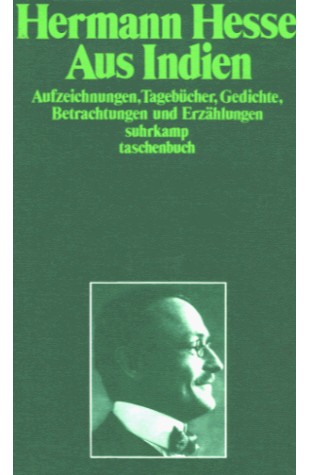 Review Website Ranks:
Review Website Ranks:
- Goodreads: 20
- Amazon: 18
- LibraryThing: 24
22 ) Freunde
 Review Website Ranks:
Review Website Ranks:
- Goodreads: 20
- Amazon: 18
- LibraryThing: 24
Hans Calwer, Erwin Mühletal und Heinrich Wirth studieren in Heidelberg Philologie. Die drei jungen Männer suchen ihre Bestimmung. Der Bauernsohn Heinrich geht den Weg, den Buddha ging. „Unabhängigkeit von Lust und Reizen des äußeren Lebens“ ist ihm notwendige Vorbedingung für „ernstliches geistiges Leben“. Erwin schimpft Heinrich einen „Kohlrabifresser“. Erwin findet eine Berlinerin, will sich mit ihr verloben und vielleicht in Leipzig Medizin studieren. Hans lebt abstinent wie sein vier Jahre älteres Vorbild Heinrich. Jedoch hält er nicht durch. Er vermisst seine Zigaretten und das Klavierspiel. Hans möchte einen Sonderweg gehen. Er hat „ein angeborenes Verhältnis zum Schönen, keinem Zwecke dienenden, zur Kunst“. Also führt Hermann Hesse anhand von Erwin und Heinrich vor, was ein Künstler nicht ist und anhand von Hans, was ein junger Künstler sein kann. Die langjährige Freundschaft der beiden Studenten Hans und Erwin, die seit der Schulzeit hält, bröckelt arg, als Hans, angewidert vom geselligen Studentenleben, sang- und klanglos das Kommersbuch hinwirft und sich von der Verbindung trennt. Erwin will Hans nicht nachlaufen. Nach dem Eklat bangt er, Hans zu begegnen. Erwin verbleibt im Konvent und verfolgt misstrauisch und später sogar neidisch, wie sich Hans zu dem Vegetarier Heinrich hingezogen fühlt. Als sich Hans immer mehr von Erwin abwendet, gerät die heile Welt vollends aus den Fugen. Erwin lernt im verrufenen Blauen Husaren abtrünnige Studenten und Fräulein Elvira, die Tochter der Wirtin, kennen. Mit der Zeit gerät er unter Elviras Gewalt. Die Abhängigkeit gipfelt in beträchtlichen Zechschulden. Erwin kann sich vermöge seines Schwagers, eines biederen Kaufmanns, aus der Umklammerung lösen, wendet sich wieder ganz seinem Burschenkonvent zu und steigt in der Burschenherrlichkeit auf. In den Semesterferien kleidet er sich neu ein und findet zu Hause seine spätere Verlobte. Viel schwerer macht es sich Hans.
21 ) Klingsors letzter Sommer (Klingsor’s Last Summer
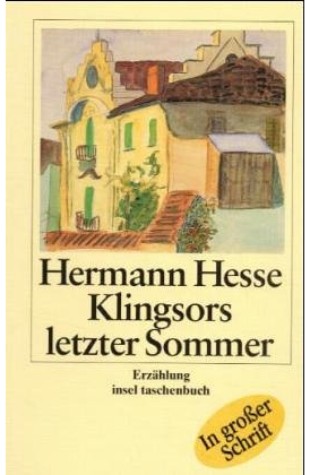 Review Website Ranks:
Review Website Ranks:
- Goodreads: 23
- Amazon: 18
- LibraryThing: 19
Geschildert werden die letzten Lebensmonate eines Malers, dessen Lebensgier und Schaffensrausch an die Intensität Vincent van Goghs erinnern
20 ) Rosshalde
 Review Website Ranks:
Review Website Ranks:
- Goodreads: 18
- Amazon: 16
- LibraryThing: 18
Johann Veraguth is a wealthy, successful artist. Veraguth ‘s love for his young son and his fear of drifting. Yet, when the shaken is an unexpected tragedy.
19 ) Schön ist die Jugend
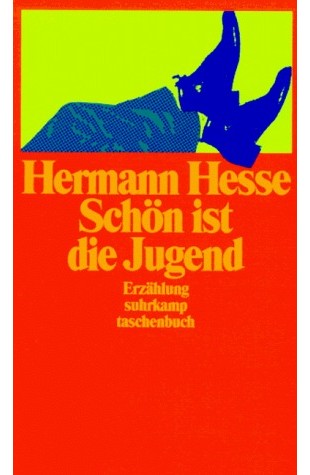 Review Website Ranks:
Review Website Ranks:
- Goodreads: 26
- Amazon: 18
- LibraryThing: 7
18 ) Poems (21 poems written between 1899 and 1921
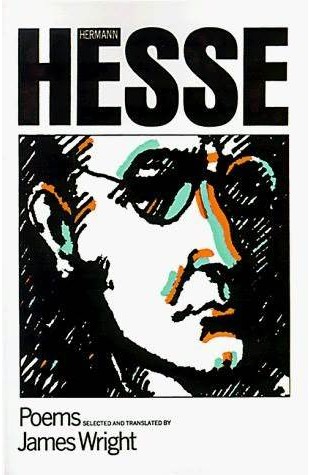 Review Website Ranks:
Review Website Ranks:
- Goodreads: 16
- Amazon: 14
- LibraryThing: 20
Few American readers seem to be aware that Hermann Hesse, author of the epic novels Steppenwolf and Siddhartha, among many others, also wrote poetry, the best of which the poet James Wright has translated and included in this book. This is a special volume—filled with short, direct poems about love, death, loneliness, the seasons—that is imbued with some of the imagery and feeling of Hesse’s novels but that has a clarity and resonance all its own, a sense of longing for love and for home that is both deceptively simple and deeply moving.
17 ) Hours in the Garden and Other Poems (written during the same period as The Glass Bead Game
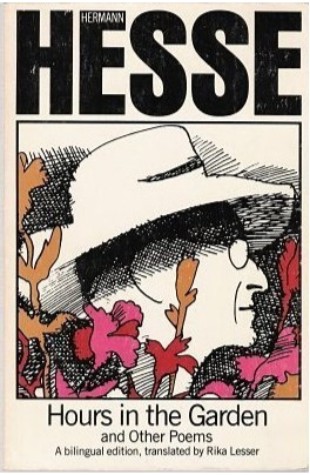 Review Website Ranks:
Review Website Ranks:
- Goodreads: 16
- Amazon: 18
- LibraryThing: 13
Written during the same period as The Glass Bead Game, these poems reflect the book’s mysticism and help to illuminate Hesse’s physical and metaphysical search for a “sublime alchemy” that would go beyond all images
16 ) Strange News from Another Star (originally published as Märchen
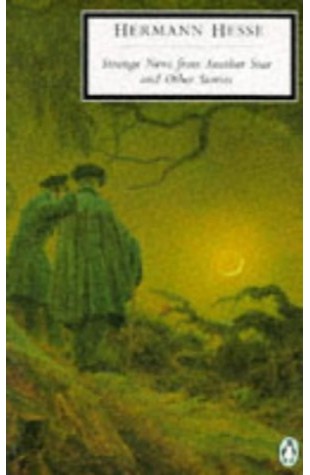 Review Website Ranks:
Review Website Ranks:
- Goodreads: 15
- Amazon: 10
- LibraryThing: 21
In 1919, the same year Demian was published, seven of these stories appeared as a book entitled Märchen (lit. Fairy Tales). This 1st edition in English has followed the arrangement Hesse made for the final collected edition of his works, where he added an 8th story, “Flute Dream”. The new note so clear in Demian was 1st sounded, Hesse believed, in some of these tales written during 1913-18, the period that brought him into conflict with supporters of the war, with his country & its government, with conventional intellectual life, with every form of orthodoxy both in the world & in himself. Unlike his earlier work, from Peter Carmenzind thru Knulp, the stories in Strange News from Another Star don’t allow for an essentially realistic interpretaion. They are concerned with dream worlds, the subconscious, magical thinking & the numinous experience of the soul. Their subject is the distilling of wisdom. The stories are “Augustus”, “The Poet”, “Flute Dream”, “Strange News from Another Star”, “The Hard Passage”, “A Dream Sequence”, “Faldum” &–perhaps the masterpiece of the collection–“Iris”.
15 ) Die Morgenlandfahrt (Journey to the East
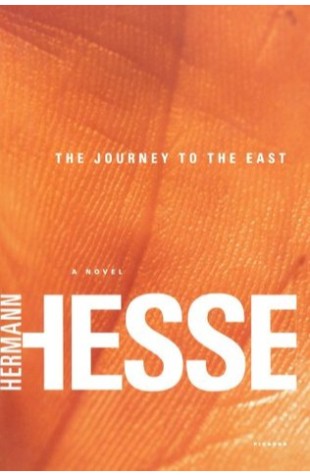 Review Website Ranks:
Review Website Ranks:
- Goodreads: 19
- Amazon: 9
- LibraryThing: 17
In simple, mesmerizing prose, Hermann Hesse’s Journey to the East tells of a journey both geographic and spiritual. H.H., a German choirmaster, is invited on an expedition with the League, a secret society whose members include Paul Klee, Mozart, and Albertus Magnus. The participants traverse both space and time, encountering Noah’s Ark in Zurich and Don Quixote at Bremgarten. The pilgrims’ ultimate destination is the East, the “Home of the Light,” where they expect to find spiritual renewal. Yet the harmony that ruled at the outset of the trip soon degenerates into open conflict. Each traveler finds the rest of the group intolerable and heads off in his own direction, with H.H. bitterly blaming the others for the failure of the journey. It is only long after the trip, while poring over records in the League archives, that H.H. discovers his own role in the dissolution of the group, and the ominous significance of the journey itself.
13 ) Knulp (also published as Three Tales from the Life of Knulp
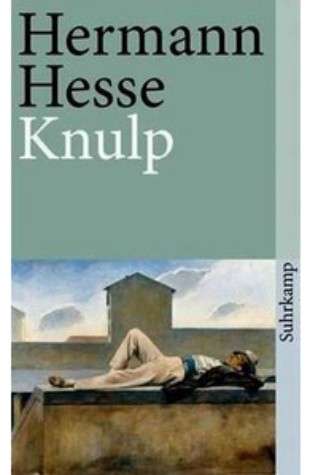 Review Website Ranks:
Review Website Ranks:
- Goodreads: 11
- Amazon: 18
- LibraryThing: 12
Die drei Geschichten aus dem Leben des Landstreichers Knulp, einem Nachfahren von Eichendorffs Taugenichts, zählen zu den reizvollsten Stücken der frühen Prosa Hermann Hesses. In der Folge seiner Werke gehören sie zum großen Zyklus seiner Gerbersau-Erzählungen, der uns das Leben in einer schwäbischen Kleinstadt um die Jahrhundertwende am Beispiel zahlreicher charakteristischer und größtenteils authentischer Einzelschicksale überliefert.
13 ) Klein und Wagner
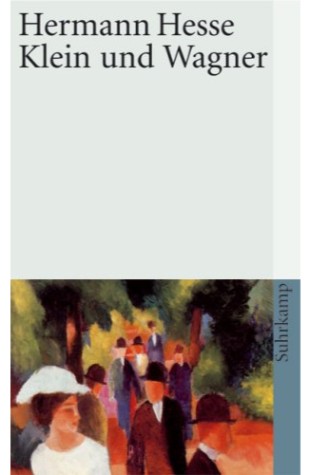 Review Website Ranks:
Review Website Ranks:
- Goodreads: 8
- Amazon: 17
- LibraryThing: 16
Friedrich Klein, der ehrbare Beamte, treusorgende Ehegatte und Familienvater, durchbricht plötzlich, belastet mit einem imaginären Verbrechen, dem vierfachen Mord an Frau und Kindern, mit falschem Paß, einem Revolver und unterschlagenem Geld in der Tasche, seine hausbackene Respektabilität. Die Figur des Beamten Klein mit dem beziehungsreichen Decknamen Wagner ist eine erste Inkarnation von Hesses Steppenwolf.
12 ) Unterm Rad (Beneath the Wheel; also published as The Prodigy
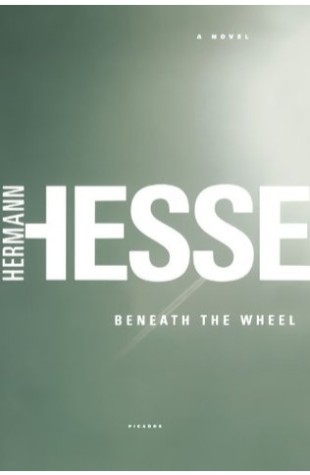 Review Website Ranks:
Review Website Ranks:
- Goodreads: 13
- Amazon: 10
- LibraryThing: 11
In Hermann Hesse’s Beneath the Wheel or The Prodigy, Hans Giebenrath lives among the dull and respectable townsfolk of a sleepy Black Forest village. When he is discovered to be an exceptionally gifted student, the entire community presses him onto a path of serious scholarship. Hans dutifully follows the regimen of study and endless examinations, his success rewarded only with more crushing assignments. When Hans befriends a rebellious young poet, he begins to imagine other possibilities outside the narrowly circumscribed world of the academy. Finally sent home after a nervous breakdown, Hans is revived by nature and romance, and vows never to return to the gray conformity of the academic system.
11 ) Peter Camenzind
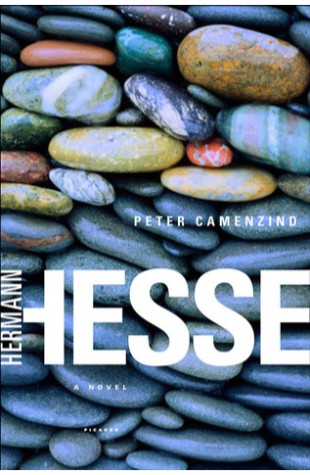 Review Website Ranks:
Review Website Ranks:
- Goodreads: 13
- Amazon: 6
- LibraryThing: 13
Peter Camenzind, a young man from a Swiss mountain village, leaves his home and eagerly takes to the road in search of new experience. Traveling through Italy and France, Camenzind is increasingly disillusioned by the suffering he discovers around him; after failed romances and a tragic friendship, his idealism fades into crushing hopelessness. He finds peace again only when he cares for Boppi, an invalid who renews Camenzind’s love for humanity and inspires him once again to find joy in the smallest details of every life.
10 ) Gertrud
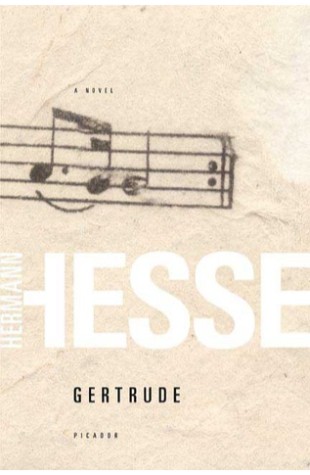 Review Website Ranks:
Review Website Ranks:
- Goodreads: 11
- Amazon: 2
- LibraryThing: 15
With Gertrude, Herman Hesse continues his lifelong exploration of the irreconcilable elements of human existence. In this fictional memoir, the renowned composer Kuhn recounts his tangled relationships with two artists–his friend Heinrich Muoth, a brooding, self-destructive opera singer, and the gentle, self-assured Gertrude Imthor. Kuhn is drawn to Gertrude upon their first meeting, but Gertrude falls in love with Heinrich, to whom she is introduced when Kuhn auditions them for the leads in his new opera. Hopelessly ill-matched, Gertrude and Heinrich have a disastrous marriage that leaves them both ruined. Yet this tragic affair also becomes the inspiration for Kuhn’s opera, the most important success of his artistic life.
9 ) Stories of Five Decades (23 stories written between 1899 and 1948
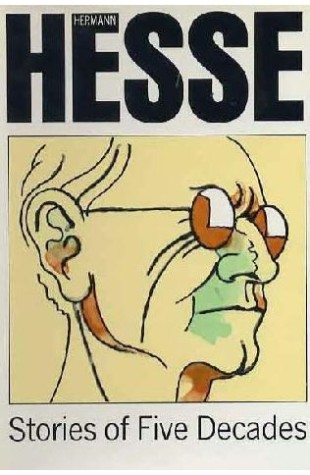 Review Website Ranks:
Review Website Ranks:
- Goodreads: 9
- Amazon: 10
- LibraryThing: 5
A collection of 23 short stories written during 1899-1948, 20 here translated for the first time: The Island Dream (1899)Incipit vita nova (1899)To Frau Gertrud (1899)November Night (1901)The Marble Workd (1904)The Latin Scholar (1906)The Wolf (1907)Walter Kompff (1908)The Field Devil (1908)Chagrin d’Amour (1908)A Man by the Name of Ziegler (1908)The Homecoming (1909)The City (1910)Robert Aghion (1913)The Cyclone (1913)From the Childhood of St. Francis of Assisi (1919)Inside and Outside (1920)Tragic (1923)Dream Journeys (1927)Harry, the Steppenwolf (1928)An Evening with Dr. Faust (1929)Edmund (1934)The Interrupted Class (1948)
8 ) Der Steppenwolf
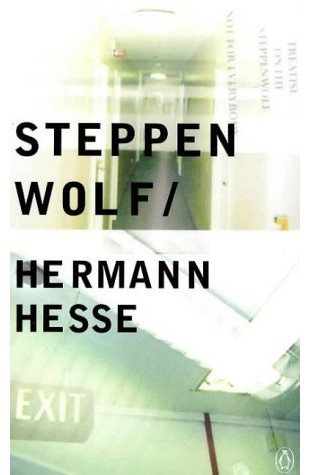 Review Website Ranks:
Review Website Ranks:
- Goodreads: 2
- Amazon: 14
- LibraryThing: 6
Steppenwolf is a poetical self-portrait of a man who felt himself to be half-human and half-wolf. This Faust-like and magical story is evidence of Hesse’s searching philosophy and extraordinary sense of humanity as he tells of the humanization of a middle-aged misanthrope. Yet this novel can also be seen as a plea for rigorous self-examination and an indictment of the intellectual hypocrisy of the period. As Hesse himself remarked, “Of all my books Steppenwolf is the one that was more often and more violently misunderstood than any other”.
7 ) Siddhartha
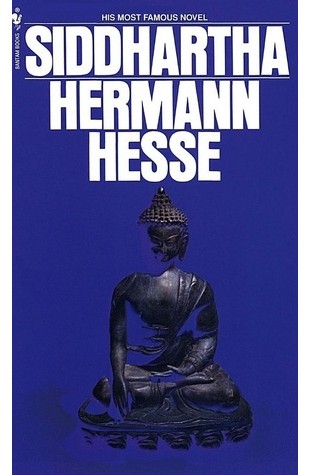 Review Website Ranks:
Review Website Ranks:
- Goodreads: 6
- Amazon: 6
- LibraryThing: 8
Herman Hesse’s classic novel has delighted, inspired, and influenced generations of readers, writers, and thinkers. In this story of a wealthy Indian Brahmin who casts off a life of privilege to seek spiritual fulfillment. Hesse synthesizes disparate philosophies–Eastern religions, Jungian archetypes, Western individualism–into a unique vision of life as expressed through one man’s search for meaning.
6 ) Demian (published under the pen name Emil Sinclair
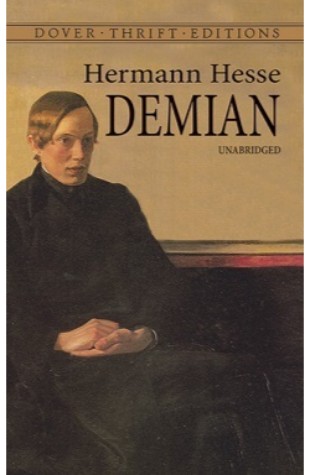 Review Website Ranks:
Review Website Ranks:
- Goodreads: 3
- Amazon: 5
- LibraryThing: 10
Emil Sinclair is a young boy raised in a bourgeois home, amidst what is described as a Scheinwelt, a play on words that means “world of light” as well as “world of illusion”. Emil’s entire existence can be summarized as a struggle between two worlds: the show world of illusion (related to the Hindu concept of maya) and the real world, the world of spiritual truth. In the course of the novel, accompanied and prompted by his mysterious classmate ‘Max Demian’, he detaches from and revolts against the superficial ideals of the world of appearances and eventually awakens into a realization of self.
5 ) Das Glasperlenspiel (The Glass Bead Game; also published as Magister Ludi
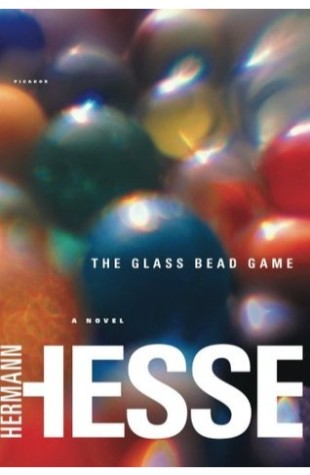 Review Website Ranks:
Review Website Ranks:
- Goodreads: 3
- Amazon: 13
- LibraryThing: 1
The final novel of Hermann Hesse, for which he won the Nobel Prize for Literature in 1946, ‘The Glass Bead Game’ is a fascinating tale of the complexity of modern life as well as a classic of modern literature. Set in the 23rd century, ‘The Glass Bead Game’ is the story of Joseph Knecht, who has been raised in Castalia, the remote place his society has provided for the intellectual elite to grow and flourish. Since childhood, Knecht has been consumed with mastering the Glass Bead Game, which requires a synthesis of aesthetics and scientific arts, such as mathematics, music, logic, and philosophy, which he achieves in adulthood, becoming a Magister Ludi (Master of the Game).
4 ) Wandering
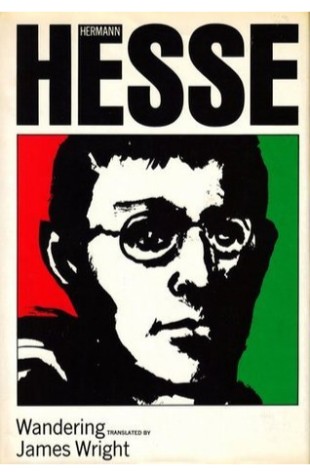 Review Website Ranks:
Review Website Ranks:
- Goodreads: 5
- Amazon: 2
- LibraryThing: 9
On May 2, 1919, Hesse wrote to Romain Rolland: “I have had to bear a very heavy burden in my personal life in recent years. Now I am about to go to Ticino once again, to live for a while as a hermit in nature and in my work.” In 1920, after settling in the Ticino mountain village of Montagnola, he published Wandering, a love letter to this magic-garden world that can be read as a meditation on his attempt to begin a new life. His pure prose, his heartfelt lyricism, and his love for the old earth, for its blessings that renew themselves, all sing in this serene book. The first German edition of Wandering included facsimiles of fourteen watercolor landscapes. Hesse’s painting had blossomed in the southern countryside and he even toyed with the idea “that I might still succeed in escaping literature entirely and making a living at the more appealing trade of painter.”
2 ) If the War Goes On
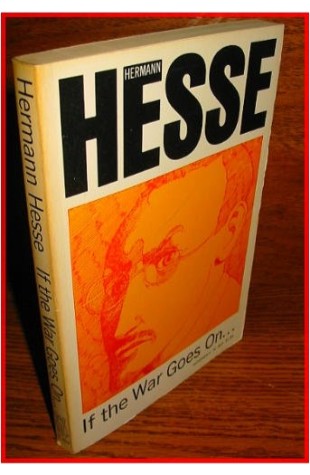 Review Website Ranks:
Review Website Ranks:
- Goodreads: 10
- Amazon: 1
- LibraryThing: 3
One of the most astonishing aspects of Hesse’s career is the clear-sightedness and consistency of his political views, his passionate espousal of pacifism and internationism from the start of World War I to the end of his life. The earliest essay in this book was written in September, 1914 and was followed by a stream of letters, essays, and pamphlets that reached its hight point with “Zarathustra’s Return” (published anonymously in 1919, the year that also saw the publication of ‘Demian’), in which Hesse exhorted German youth to shake off the false gods of nationalism and militarism that had led their country into the abyss. Such views earned him the labels ‘traitor’ and ‘viper’ in Germany, but after World War II he was moved to reiterate his beliefs in another series of essays and letters.
2 ) Autobiographical Writings (including “A Guest at the Spa”)
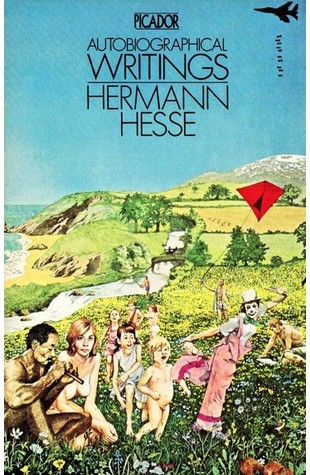 Review Website Ranks:
Review Website Ranks:
- Goodreads: 7
- Amazon: 4
- LibraryThing: 3
Introduction Childhood of the Magician From My Schooldays About Grandfather Life Story Briefly Told Remembrance of India Pidurutalagala A Guest at the Spa Journey to Nuremberg On Moving to a New House Notes on a Cure in Baden For Marulla Events in the Engadine
1 ) Narcissus and Goldmund (Death and the Lover)
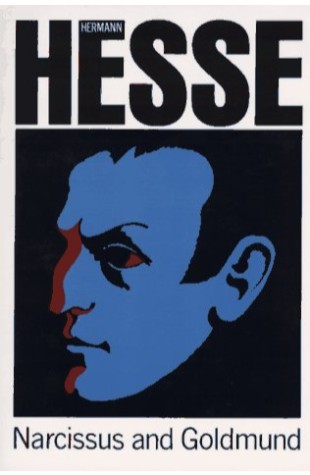 Review Website Ranks:
Review Website Ranks:
- Goodreads: 1
- Amazon: 6
- LibraryThing: 2
Narcissus and Goldmund tells the story of two medieval men whose characters are diametrically opposite: Narcissus, an ascetic monk firm in his religious commitment, and Goldmund, a romantic youth hungry for knowledge and worldly experience. First published in 1930, the novel remains a moving and pointed exploration of the conflict between the life of the spirit and the life of the flesh. It is a theme that transcends all time.
